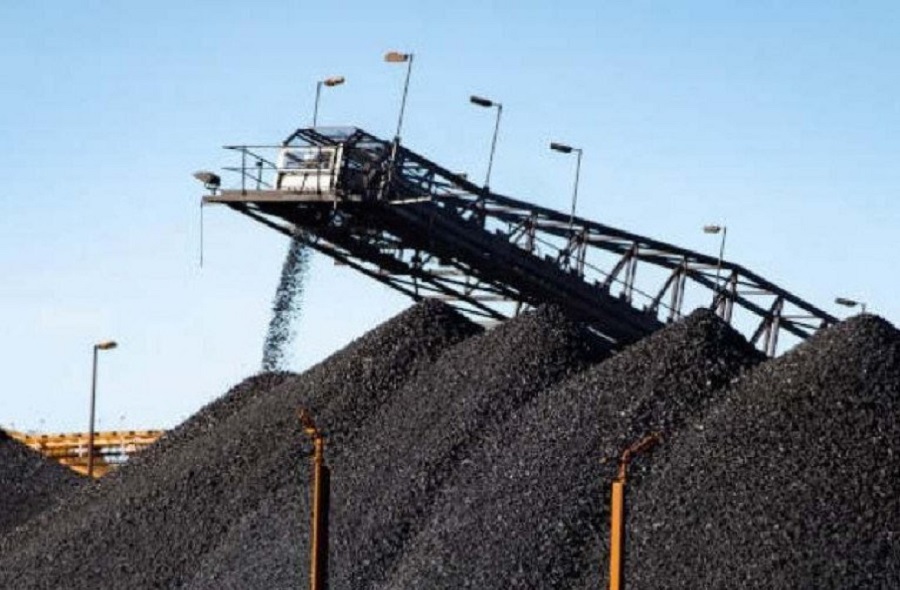RIO DE JANEIRO, BRAZIL – Rising international soy and particularly iron ore prices, coupled with an upturn in the global economy, led Brazil’s exports to China to surge further and reach the highest level on record for the months of January through April.

In the first 4 months of the year, the country exported the equivalent of US$27.63 billion to China, the highest value on record for the same period. The figure represents a 36% increase over the same period last year.
With this growth, Brazil further deepens its dependence on the Chinese market. The Asian country is currently the destination of 34% of Brazilian exports, the highest level on record and more than triple the sales to the USA (10%), Brazil’s second largest importer. In 2001, which marked China’s accession to the World Trade Organization, 24% of Brazilian exports were bound for the U.S. and only 2% for China.
Concurrently, the Jair Bolsonaro government continues to criticize the Chinese, which raises concerns within the market. In the most recent incident, earlier this month, the president implied that the Asian country might have created the coronavirus on purpose, as part of “bacteriological warfare.”
“The president’s criticism is only not further hindering trade because China does not have an alternative supplier to Brazil,” says José Augusto de Castro, president of the Brazilian Foreign Trade Association (AEB).
Price hike
The growth of the first 4-month period was mainly driven by iron ore exports, whose price per ton in international markets rose from US$80 to over US$200 in a year. Consequently, the product sales to China posted a 96% increase, totaling over US$7.6 billion from January to April.
Soy and oil exports to China also increased, but at a lower level (22% and 27%). Together, the 3 commodities account for 81% of everything Brazil exports to China. “Brazil has competitive products and a favorable exchange rate. Exporters gain market share where possible. Thus, China will continue to be the main destination,” says Mário Cordeiro, chief economist of the Foreign Trade Study Center Foundation (FUNCEX).
An increased demand for commodities with high prices is leading experts to anticipate an exceptional year for the foreign sector. In a report, AEB projects a record trade surplus of US$79.8 billion for 2021, surpassing the 2017 level (US$67 billion). “We are in a favorable situation. Everything will grow compared to last year, which was weaker,” says Castro. “The problem is that we have to pray every day that Chinese demand will continue strong.”
China’s growth as a buyer of Brazilian products has also raised the share of commodities in Brazilian exports, and a corresponding reduction in manufactured goods.
According to AEB, all of the 10 main products exported by Brazil are agricultural and mineral commodities, and China is the largest buyer of 6 of them (soy, iron ore, crude oil, beef, poultry and cellulose). Castro points out that 75% of Brazilian exports are commodities, while 85% of imports are manufactured products.
According to Welber Barral, ex-Secretary of Foreign Trade (2007-2011) and founding partner of BMJ Consultores Associados, the increased Brazilian exports are linked to higher prices, and not necessarily to a larger volume.
“There was a repressed demand and the Chinese economy recovered quickly. In addition, issues with the supply of iron ore led prices to rise,” says Barral.
Source: Infomoney

